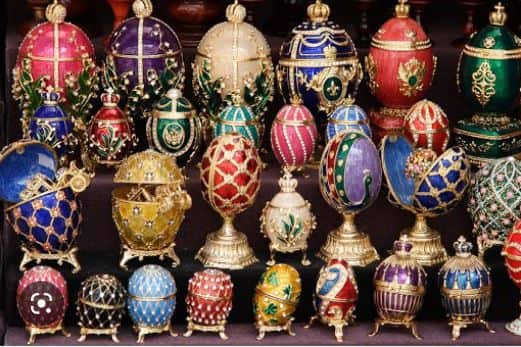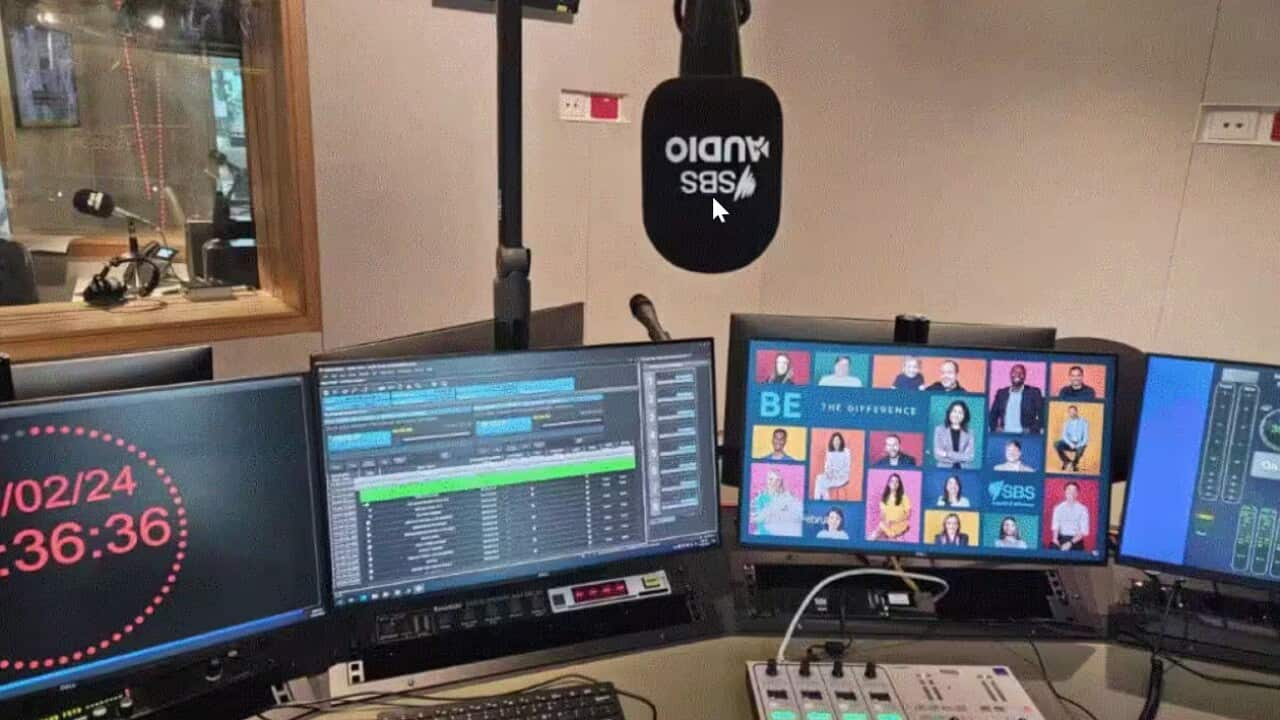Easter is one of the most important celebrations in Christianity, marking the resurrection of Jesus Christ from the dead. However, the tradition of associating Easter with eggs can be traced back to pagan times and the worship of the goddess Ishtar.
Some theories suggest a possible connection between Ishtar and Easter (or Easter traditions). Ishtar was an ancient Mesopotamian goddess of fertility, love, and war, and her worship involved celebrating the spring equinox and the renewal of life.
Similarly, Easter is a Christian holiday that celebrates the resurrection of Jesus Christ and falls around the time of the spring equinox.
Some scholars have suggested that early Christian missionaries may have incorporated certain aspects of Ishtar's spring festival into their celebration of Easter.

Mesopotamian Goddess Ishtar Source: google lens
Over time, decorating eggs spread to other cultures and religions. In Europe, for example, people began decorating eggs during the Christian celebration of Lent, a period of fasting and repentance leading up to Easter. Eggs were seen as a symbol of the resurrection of Jesus Christ and the new life he brought to the world.
In many countries, people dye eggs in bright colours and decorate them with intricate designs and patterns. Some cultures even have special games and competitions centred around egg decorating and hunting.

54 of the Fabergé eggs were produced for the family of Russian Emperor Nicholas II. Source: Quora.jpg
Breaking the eggshell, the white egg comes out as a symbol of purity, symbolising the sacrifice of Jesus Christ to give people a new life free of sins.
Whether you celebrate Easter for religious or cultural reasons, decorating and sharing eggs is a beautiful way to honour the arrival of spring and the renewal of life.

The Rabbit has deep roots in Easter celebrations Source: Getty images
Listen to this podcast which further explains other symbols used in the Easter tradition like Easter Bunny.




